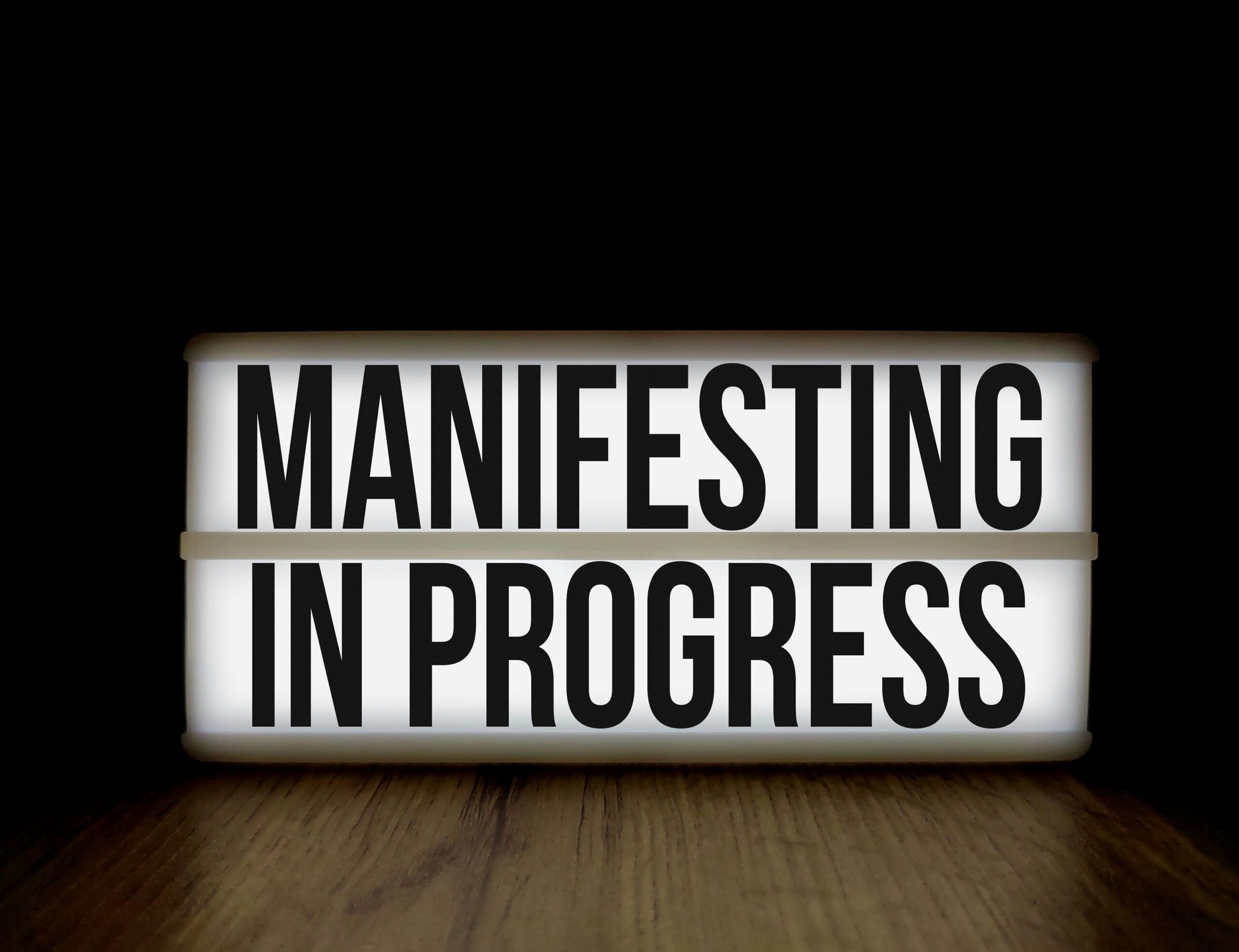Life doesn’t just happen to you—it’s shaped by the choices you make today. Intentional planning transforms dreams into reality, giving you control over your destiny and purpose.
In a world filled with distractions and endless possibilities, the difference between those who achieve their goals and those who don’t often comes down to one critical factor: intentional planning. Without a clear roadmap, even the most talented individuals can find themselves drifting through life, reacting to circumstances rather than creating them. The good news is that anyone can learn to craft their future through strategic, purposeful planning that aligns with their deepest values and aspirations.
Mastering life with intentional planning isn’t about rigid schedules or eliminating spontaneity. Instead, it’s about creating a framework that allows you to make conscious decisions, allocate your resources wisely, and move steadily toward the life you envision. This comprehensive approach to life design empowers you to take ownership of your journey and build the future you truly desire.
🎯 Understanding the Power of Intentional Living
Intentional living means making deliberate choices that align with your core values and long-term vision. Rather than operating on autopilot or following societal expectations, you consciously decide how to spend your time, energy, and resources. This mindset shift represents the foundation of crafting a meaningful future.
When you live intentionally, every decision becomes an opportunity to move closer to your goals. You stop saying yes to commitments that drain you and start prioritizing activities that energize and fulfill you. This doesn’t mean you’ll never face challenges or make mistakes, but it does mean you’ll approach obstacles with clarity and purpose rather than confusion and reactivity.
The contrast between intentional and unintentional living is stark. People who drift through life often feel overwhelmed, stressed, and disconnected from their true desires. They may achieve external markers of success while feeling internally unfulfilled. Intentional planning bridges this gap by ensuring your outer actions reflect your inner values.
📋 The Foundation: Defining Your Vision and Values
Before you can plan effectively, you must understand what you’re planning for. Your vision represents the life you want to create—the person you want to become, the experiences you want to have, and the impact you want to make. Without this clarity, planning becomes empty busywork rather than purposeful action.
Start by asking yourself powerful questions: What does success mean to me? What would I regret not doing? What brings me genuine joy and fulfillment? How do I want to be remembered? These questions help you cut through external noise and connect with your authentic desires.
Identifying Your Core Values
Your values act as a compass, guiding decisions when the path forward isn’t clear. Common values include family, health, creativity, adventure, security, contribution, growth, and authenticity. Most people have five to seven core values that truly drive their choices and satisfaction.
To identify your values, reflect on moments when you felt most alive and fulfilled. What was present in those situations? Also consider times when you felt frustrated or conflicted—often these feelings arise when your actions don’t align with your values. This self-awareness creates the foundation for meaningful planning.
🗺️ Creating Your Strategic Life Plan
Once you’ve established your vision and values, it’s time to create a strategic plan that bridges the gap between where you are and where you want to be. This plan should be comprehensive yet flexible, detailed yet adaptable to life’s inevitable changes.
A well-crafted life plan addresses multiple domains: career and finances, relationships and family, health and wellness, personal growth and learning, recreation and adventure, and contribution and legacy. Neglecting any of these areas creates imbalance and reduces overall life satisfaction.
Setting SMART Goals Across Life Domains
Transform your vision into actionable goals using the SMART framework: Specific, Measurable, Achievable, Relevant, and Time-bound. Vague aspirations like “be healthier” become concrete goals like “exercise for 30 minutes five days per week for the next three months.”
Break long-term goals into quarterly and monthly milestones. This approach makes ambitious objectives feel manageable while providing regular opportunities to celebrate progress. Each small win builds momentum and reinforces your commitment to intentional living.
⏰ Time Management: Your Most Valuable Asset
Time is the ultimate non-renewable resource. Unlike money, you can’t earn more of it or save it for later. Intentional planning requires treating time as precious and allocating it according to your priorities rather than other people’s demands.
Begin by tracking how you currently spend your time for one week. Most people are shocked to discover how much time disappears into activities that don’t align with their values or goals. This awareness creates the opportunity for change.
The Priority Matrix Approach
Not all tasks are created equal. Use a priority matrix to categorize activities into four quadrants: urgent and important, important but not urgent, urgent but not important, and neither urgent nor important. Intentional living means spending more time in the “important but not urgent” quadrant where strategic planning and relationship building happen.
Schedule your priorities rather than prioritizing your schedule. Block time for activities that matter most before filling your calendar with other commitments. This proactive approach ensures your most important work receives your best energy rather than whatever’s left at the end of the day.
💡 Building Sustainable Systems and Habits
Motivation gets you started, but systems keep you going. Rather than relying on willpower alone, intentional planners create environments and routines that make desired behaviors easier and undesired behaviors harder.
James Clear’s concept of atomic habits emphasizes starting small and building gradually. Want to write a book? Start by writing one sentence daily. Want to get fit? Start with two pushups every morning. These tiny habits create identity shifts that support larger transformations over time.
The Power of Morning and Evening Routines
Bookend your days with intentional routines that set you up for success. Morning routines might include meditation, exercise, journaling, or reviewing your goals. Evening routines could involve planning tomorrow, reading, or practicing gratitude. These rituals create consistency and reduce decision fatigue.
Your routines should reflect your unique needs and preferences rather than copying someone else’s system. Experiment to discover what energizes you and supports your objectives. The best routine is one you’ll actually maintain long-term.
📊 Tracking Progress and Maintaining Accountability
What gets measured gets managed. Regular progress tracking keeps you honest about whether your daily actions align with your stated priorities. It also provides valuable data for adjusting your approach when something isn’t working.
Create a simple tracking system for your key goals. This might be a spreadsheet, a journal, or a habit-tracking app. The format matters less than the consistency of reviewing and recording your progress. Weekly reviews allow you to celebrate wins, identify obstacles, and recalibrate as needed.
Finding Your Accountability Partner
Sharing your goals with someone you trust significantly increases the likelihood of achievement. An accountability partner provides encouragement during difficult times, celebrates your successes, and asks the tough questions that keep you aligned with your intentions.
Choose someone who understands your vision and will challenge you with love rather than judgment. Schedule regular check-ins where you report on progress, discuss obstacles, and commit to specific actions before your next meeting. This external accountability complements your internal motivation.
🔄 Embracing Flexibility Within Structure
Intentional planning doesn’t mean rigidly following a predetermined path regardless of changing circumstances. Life is unpredictable, and effective planning includes built-in flexibility to adapt when unexpected opportunities or challenges arise.
Think of your plan as a GPS rather than a rigid map. If you encounter a roadblock, your GPS recalculates the route to reach your destination. Similarly, when life throws curveballs, your commitment to your vision remains constant even as specific tactics evolve.
The Art of the Quarterly Review
Every three months, conduct a comprehensive review of your life plan. Ask yourself: Am I making meaningful progress toward my goals? Do my current priorities still align with my values? What’s working well that I should do more of? What’s not working that needs to change?
This regular recalibration prevents you from stubbornly pursuing outdated goals while keeping you accountable to your overall vision. It’s the balance between consistency and adaptability that characterizes successful intentional living.
🌱 Cultivating the Mindset for Long-Term Success
Intentional planning requires more than techniques and tools—it demands cultivating a growth-oriented mindset that views challenges as opportunities and setbacks as learning experiences. Your mental approach determines whether you persist through difficulties or abandon your plans when things get hard.
Adopt the perspective that you’re always in beta, constantly evolving and improving. This mindset eliminates the pressure of perfection while maintaining high standards. You’re not trying to execute a flawless plan; you’re learning, adjusting, and growing toward your vision.
Overcoming Analysis Paralysis
Some people become so focused on creating the perfect plan that they never take action. Remember that an imperfect plan executed today beats a perfect plan that never gets implemented. Start where you are with what you have, and refine as you go.
Done is better than perfect, and action creates information. You’ll learn more about what works through experimentation than through endless analysis. Give yourself permission to begin before you feel fully ready, trusting that clarity emerges through action.
🤝 Integrating Relationships into Your Life Design
Your relationships significantly influence your ability to craft your desired future. Surrounding yourself with supportive, growth-oriented people makes intentional living easier, while negative influences can derail even the best plans. Be intentional about your relationships just as you are about other life domains.
This doesn’t mean discarding people who aren’t perfectly aligned with your vision, but it does mean being conscious about where you invest your relational energy. Nurture connections that uplift and inspire you while establishing boundaries with those who consistently drain your resources.
Communicating Your Vision to Loved Ones
Share your goals and plans with the important people in your life. This transparency helps them understand your choices and support your journey. It also creates opportunities for collaboration when your visions overlap or complement each other.
When those close to you understand what you’re working toward and why it matters, they’re more likely to respect your boundaries and celebrate your progress. This shared understanding strengthens relationships rather than creating distance.
💪 Maintaining Momentum Through Challenges
Every intentional planner faces obstacles, setbacks, and periods of doubt. The difference between those who achieve their vision and those who don’t isn’t the absence of challenges—it’s how they respond when difficulties arise. Resilience and persistence separate dreamers from achievers.
When you encounter obstacles, revisit your why. Reconnecting with the deeper reasons behind your goals reignites motivation when tactics feel tedious. Your vision should be compelling enough to pull you through temporary discomfort toward lasting fulfillment.
Celebrating Milestones Along the Way
Don’t wait until you’ve achieved your ultimate goal to celebrate. Acknowledge and reward yourself for reaching milestones along your journey. These celebrations reinforce positive behaviors and provide emotional fuel for the next phase of your plan.
Celebrations don’t need to be elaborate or expensive. Sometimes the simple act of pausing to recognize your progress provides the encouragement needed to continue. Share your wins with your accountability partner or loved ones who understand the significance of what you’ve accomplished.
🔮 The Compound Effect of Daily Decisions
Small choices made consistently over time create extraordinary results. This compound effect means that seemingly insignificant daily decisions either move you toward your vision or away from it. There’s no neutral ground—every choice matters.
Reading ten pages daily doesn’t seem impressive, but it results in approximately 3,650 pages annually—roughly a dozen books. Saving five dollars per day becomes nearly two thousand dollars in a year. These small, manageable actions accumulate into life-changing outcomes.
The inverse is also true. Small negative choices compound into significant consequences. Skipping one workout seems harmless, but the pattern of choosing convenience over commitment leads to declining health and energy. Intentional planning helps you make the small right choices consistently.

🎨 Designing a Life That Reflects Your Unique Self
Your intentional plan should be as unique as you are. Resist the temptation to adopt someone else’s definition of success or formula for happiness. What works for others might leave you feeling empty and exhausted. Craft a future that honors your personality, strengths, and authentic desires.
Society offers many templates for “the good life,” but true fulfillment comes from defining success on your own terms. This might mean unconventional choices that others don’t understand. Trust yourself enough to design a life that feels right even if it looks different from the norm.
Intentional planning isn’t a one-time event but an ongoing practice of aligning your actions with your values and vision. It requires courage to claim ownership of your life, discipline to follow through on commitments, and wisdom to adapt when necessary. The result is a life that feels purposeful, meaningful, and authentically yours—a future crafted with intention rather than left to chance.
Start today. Choose one area of your life that needs more intentional attention. Define what success looks like, identify one small action you can take immediately, and commit to building from there. Your future self will thank you for the decision you make right now to live with greater purpose and planning. 🌟
Toni Santos is a personal growth strategist and wealth alignment researcher dedicated to helping people connect mindset, habits, and money with purpose. With a focus on abundance psychology and intentional living, Toni explores how beliefs, behavior, and clarity turn goals into sustainable prosperity. Fascinated by financial psychology and high-performance routines, Toni’s journey bridges coaching, behavioral science, and practical frameworks. Each guide he shares is an invitation to design a life by intention—where daily actions align with values, and values align with long-term wealth. Blending mindset work, habit design, and evidence-based strategy, Toni studies how identity shifts, focus systems, and disciplined execution create compounding results. His work champions the idea that true abundance is built from the inside out—through awareness, alignment, and consistent action. His work is a tribute to: An abundance mindset grounded in gratitude, vision, and responsibility Financial psychology that transforms behavior into smart decisions Goal-oriented living powered by clear systems and repeatable habits Whether you’re redefining success, aligning money with meaning, or building habits that last, Toni Santos invites you to grow with intention—one belief, one plan, one aligned step at a time.




